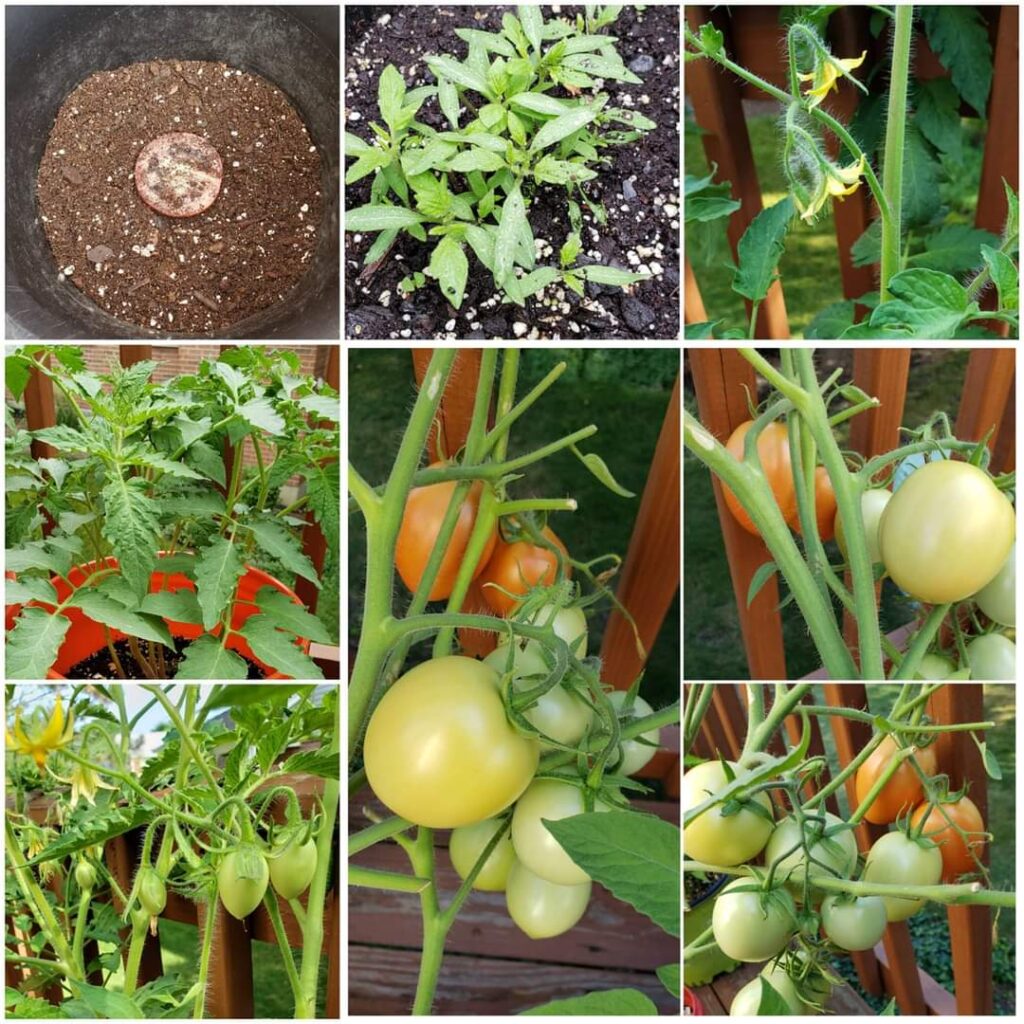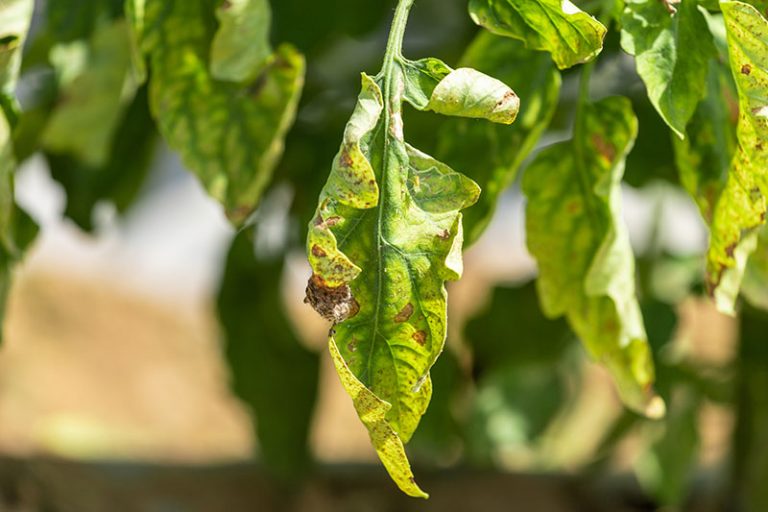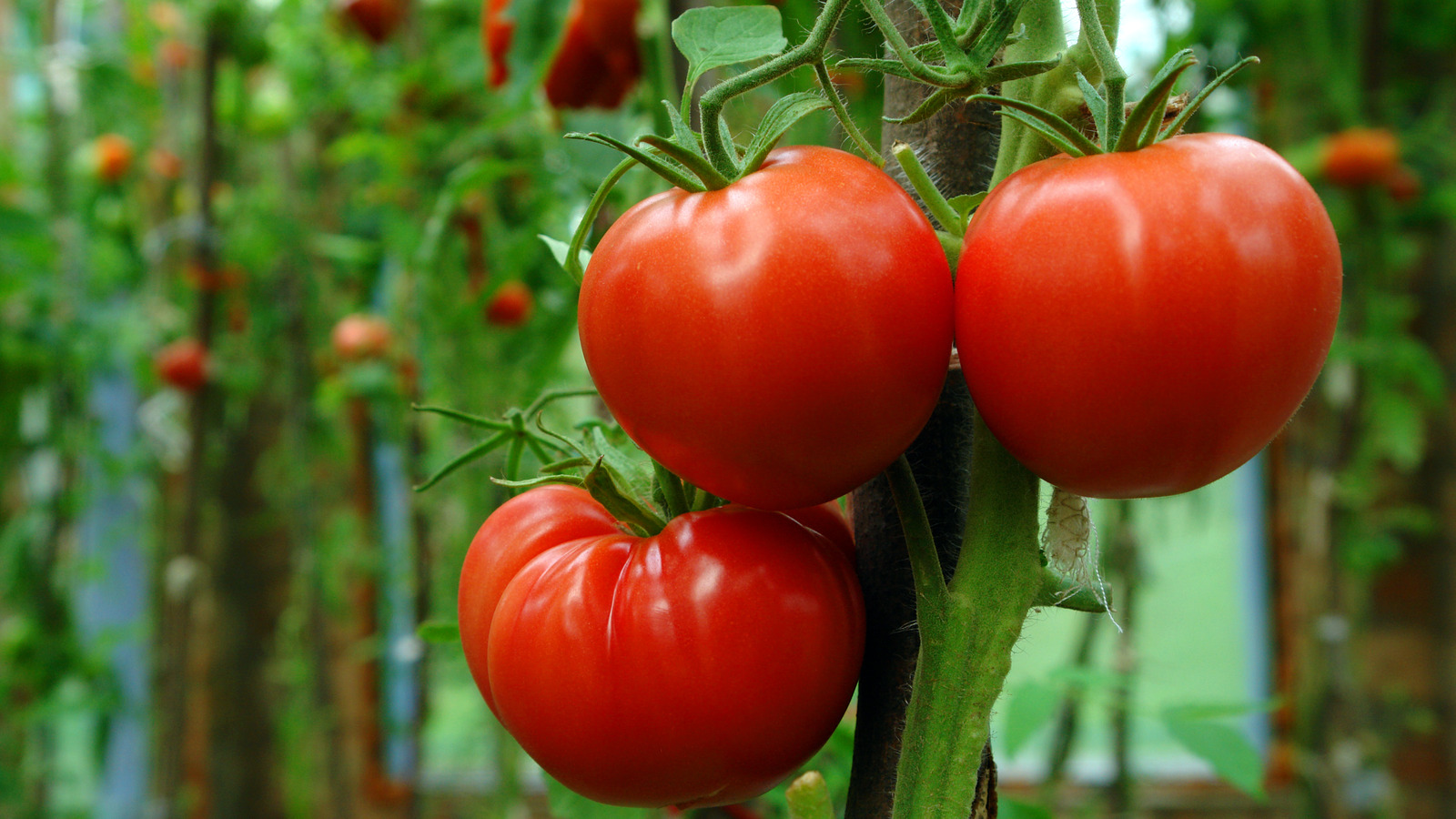The Art of Companion Planting: Understanding the Basics
Companion planting is a time-tested technique that involves growing different plants together to improve their growth, health, and productivity. When it comes to growing tomatoes, understanding the basics of companion planting can make all the difference in achieving a thriving harvest. By choosing the right companions, tomato plants can benefit from improved soil quality, increased pest resistance, and enhanced flavor. On the other hand, growing the wrong plants alongside tomatoes can lead to stunted growth, reduced yields, and increased susceptibility to diseases. For instance, knowing what not to grow with tomatoes is crucial in avoiding competition for resources, spread of diseases, and attraction of pests. By understanding the principles of companion planting, gardeners can create a harmonious and balanced garden ecosystem that promotes healthy growth and minimizes competition between plants. This approach not only benefits tomatoes but also enhances the overall health and biodiversity of the garden.
Why Some Plants Just Don’t Mix with Tomatoes
While companion planting can be a powerful tool for improving tomato yields, some plants can actually hinder tomato growth and reduce overall productivity. There are several reasons why certain plants should not be grown with tomatoes, including competition for resources, spread of diseases, and attraction of pests. For instance, plants that compete with tomatoes for water, nutrients, and light can stunt their growth and reduce yields. Similarly, plants that are susceptible to diseases can transmit them to tomatoes, while those that attract pests can increase the risk of infestation. By understanding these potential pitfalls, gardeners can avoid common mistakes and create a harmonious garden ecosystem that promotes healthy growth and minimizes competition between plants. Knowing what not to grow with tomatoes is essential in achieving a thriving harvest, and can make all the difference in the success of a tomato crop.
The Worst Offenders: Plants to Keep Away from Your Tomatoes
When it comes to companion planting, some plants are simply incompatible with tomatoes. These plants can hinder tomato growth, reduce yields, and even spread diseases. To avoid these negative effects, it’s essential to know what not to grow with tomatoes. Members of the Brassica family, such as broccoli, cauliflower, and kale, are some of the worst offenders. These plants are prone to diseases that can easily spread to tomatoes, and their strong growth can compete with tomatoes for resources. Corn is another plant that should be kept away from tomatoes, as it can attract pests that target tomatoes. Fennel is also a poor companion for tomatoes, as it can inhibit their growth and reduce yields. By avoiding these plants, gardeners can minimize competition and reduce the risk of disease, ensuring a healthier and more productive tomato crop. Remember, knowing what not to grow with tomatoes is just as important as knowing what to grow with them.
How to Create a Balanced and Harmonious Garden Ecosystem
Designing a garden that promotes healthy growth and minimizes competition between plants requires careful planning and consideration. When it comes to growing tomatoes, it’s essential to create a balanced ecosystem that allows them to thrive. One of the key principles of companion planting is crop rotation, which involves rotating different crops in the same bed to avoid depleting the soil of specific nutrients. This approach can help reduce the risk of disease and pests, and promote healthy soil biota. Soil preparation is another critical factor, as tomatoes require a well-draining, fertile soil with a pH between 6.0 and 6.8. Spatial planning is also crucial, as tomatoes need adequate space to grow and receive sufficient sunlight. By considering these factors, gardeners can create a harmonious garden ecosystem that allows tomatoes to grow strong and healthy, while minimizing competition from other plants. Remember, knowing what not to grow with tomatoes is just as important as knowing how to create a balanced garden ecosystem.
The Benefits of Good Neighbors: Plants that Complement Tomatoes
While some plants can hinder tomato growth, others can enhance it. By choosing the right companions, gardeners can create a harmonious garden ecosystem that promotes healthy growth and maximizes yields. Basil, for example, is a classic tomato companion that can improve flavor and repel pests. Marigold, with its bright orange and yellow flowers, can attract beneficial insects and add a pop of color to the garden. Borage, a flowering herb, can attract pollinators and improve tomato flavor. These plants can also provide shade, reduce soil temperature, and increase biodiversity, all of which can benefit tomatoes. By understanding the benefits of good neighbors, gardeners can create a thriving tomato garden that’s both productive and visually appealing. Remember, knowing what to grow with tomatoes is just as important as knowing what not to grow with tomatoes, and can make all the difference in achieving a successful harvest.
Common Mistakes to Avoid When Planting Tomatoes
When it comes to growing tomatoes, even the most experienced gardeners can make mistakes that can lead to poor growth and reduced yields. One of the most common mistakes is planting tomatoes too close together, which can lead to competition for resources and increased risk of disease. Another mistake is not providing adequate support for indeterminate tomato varieties, which can lead to sprawling plants and reduced fruit production. Neglecting soil quality is also a common mistake, as tomatoes require a well-draining, fertile soil with a pH between 6.0 and 6.8. By avoiding these common mistakes and understanding what not to grow with tomatoes, gardeners can create a thriving tomato garden that’s both productive and visually appealing. Additionally, choosing the right companions for tomatoes can also help to minimize mistakes and maximize yields. By being mindful of these common mistakes and taking steps to avoid them, gardeners can enjoy a bountiful tomato harvest.
Tomato Varieties and Their Specific Needs
Different tomato varieties have unique requirements and preferences when it comes to companion planting. For example, cherry tomatoes and patio tomatoes are more compact and can be grown with a variety of companions, including herbs like basil and mint. On the other hand, larger tomato varieties like beefsteak and Roma tomatoes require more space and may not do well with companions that compete for resources. Some tomato varieties, such as Brandywine and Cherokee Purple, are more sensitive to certain plants and may require more careful planning when it comes to companion planting. By understanding the specific needs of different tomato varieties, gardeners can create a more harmonious and productive garden ecosystem. Remember, knowing what not to grow with tomatoes is just as important as knowing what to grow with them, and can make all the difference in achieving a successful harvest. By taking the time to research and understand the specific needs of their tomato varieties, gardeners can create a thriving tomato garden that’s both productive and visually appealing.
Conclusion: Growing Tomatoes with Confidence
By understanding what not to grow with tomatoes and following the principles of companion planting, gardeners can create a thriving and productive tomato garden. Remember, careful planning and consideration are key to achieving a successful harvest. Don’t be afraid to experiment with different companion planting combinations and observe the results. With a little patience and practice, gardeners can unlock the full potential of their tomato plants and enjoy a bountiful harvest. By avoiding common mistakes and choosing the right companions, gardeners can grow tomatoes with confidence and enjoy the many rewards of homegrown tomatoes. Whether you’re a seasoned gardener or just starting out, the art of companion planting can help you achieve a more productive and harmonious garden ecosystem.






:max_bytes(150000):strip_icc()/top-tomato-growing-tips-1402587-11-c6d6161716fd448fbca41715bbffb1d9.jpg)

